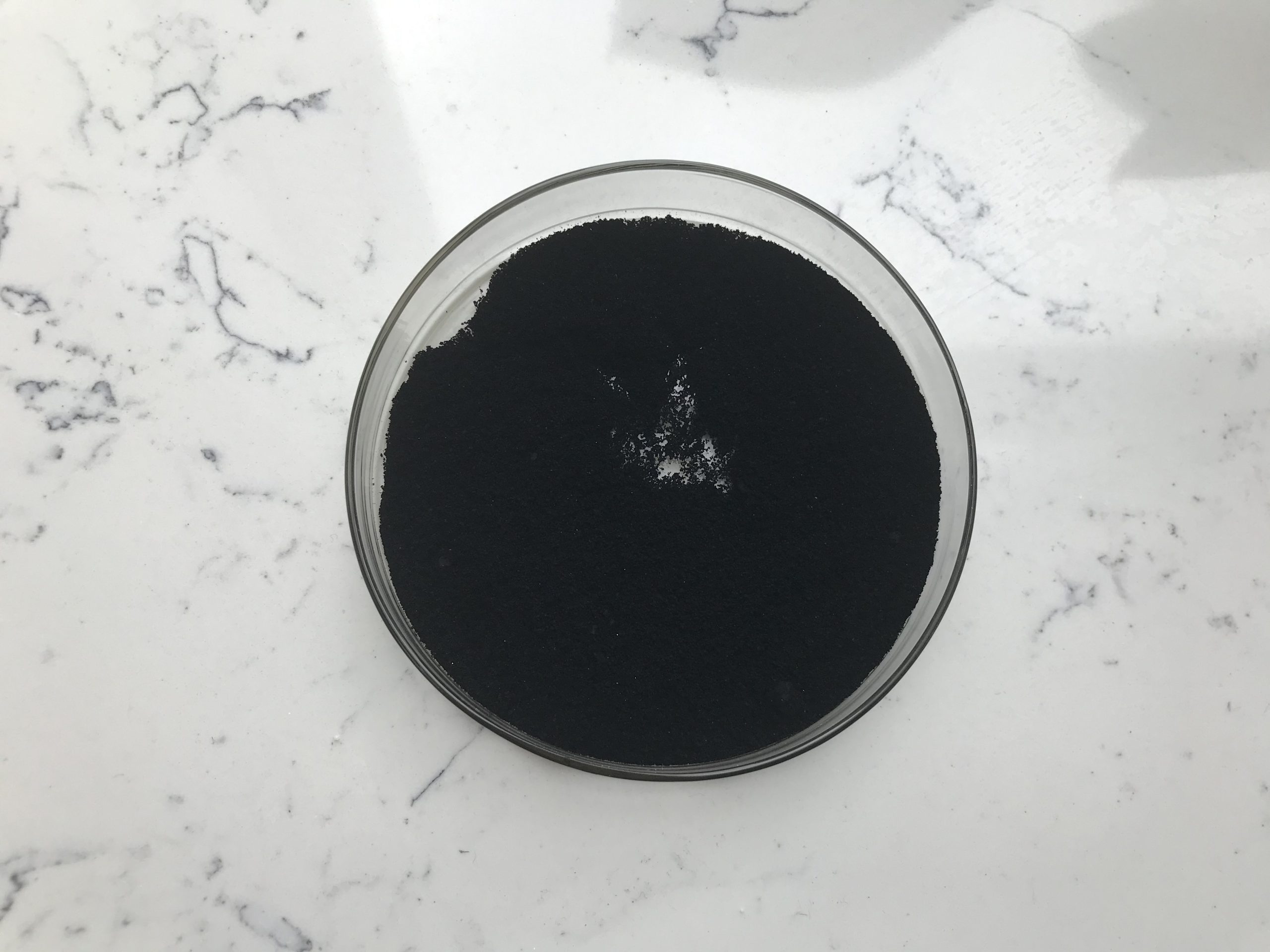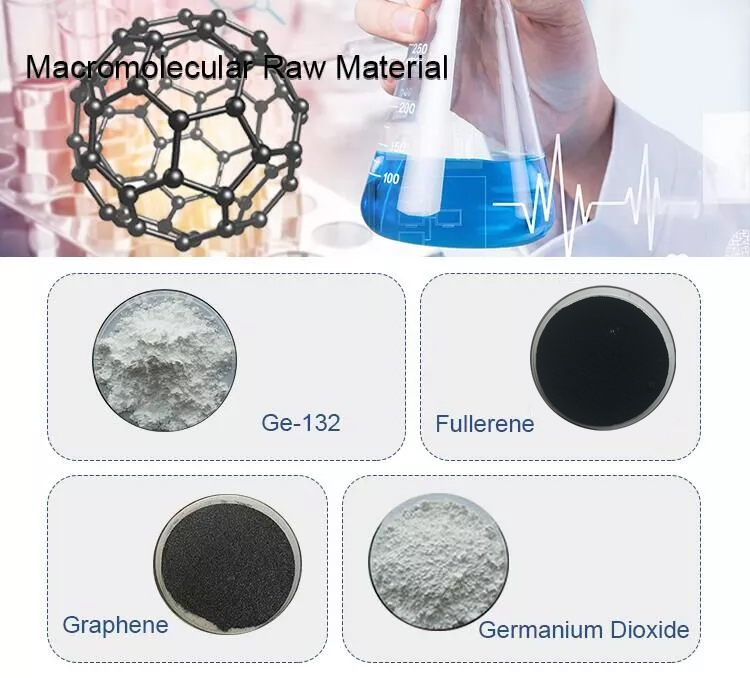Fullerene C60, also known as buckminsterfullerene or simply “buckyball,” is a molecule composed entirely of carbon atoms arranged in a hollow sphere resembling a soccer ball. It was first discovered in 1985 by Robert F. Curl Jr., Sir Harold W. Kroto, and Richard E. Smalley, who were awarded the Nobel Prize in Chemistry in 1996 for their work.

Here’s a comprehensive overview of Fullerene C60:
1. Structure: Fullerene C60 consists of 60 carbon atoms arranged in a structure of 20 hexagons and 12 pentagons, following a pattern known as a truncated icosahedron. This unique arrangement gives it exceptional stability and fascinating electronic, optical, and mechanical properties.
2. Properties:
- Stability: C60 is incredibly stable due to its highly symmetric structure. Its stability allows it to withstand high temperatures and pressures.
- Electronic Properties: C60 exhibits semiconducting properties, meaning it can conduct electricity under certain conditions. This property has applications in organic electronics.
- Optical Properties: C60 can absorb and emit light across a wide range of wavelengths. It is used in various optoelectronic devices, including solar cells and organic light-emitting diodes (OLEDs).
- Mechanical Properties: Fullerene C60 is exceptionally hard and strong. It has a high Young’s modulus, making it useful in reinforcing materials.
- Chemical Reactivity: C60 can form compounds with various elements and molecules, known as endohedral fullerenes when atoms or molecules are trapped inside the cage-like structure. These compounds often exhibit unique properties and behavior.
3. Synthesis:
Fullerene C60 can be synthesized through several methods, including:
- Arc Discharge: This involves vaporizing graphite rods in a high-energy electric arc. The vaporized carbon condenses into soot, from which fullerenes can be extracted.
- Laser Vaporization: Similar to arc discharge, but a laser is used to vaporize a graphite target.
- Chemical Vapor Deposition (CVD): Hydrocarbons are vaporized and allowed to react under specific conditions to form fullerenes.
4. Applications:
- Materials Science: C60 and its derivatives have potential applications in materials science, such as strengthening polymers and composites.
- Medicine: Fullerenes have been investigated for various medical applications, including drug delivery systems and antioxidants due to their ability to scavenge free radicals.
- Electronics: Fullerene C60’s unique electronic properties make it a candidate for use in organic solar cells, organic field-effect transistors (OFETs), and more.
- Nanotechnology: Fullerenes are used in nanotechnology research due to their size and properties. They can be functionalized to attach various molecules, enabling targeted drug delivery and imaging.
- Catalysis: Some fullerenes have shown catalytic properties, which could have implications in chemical reactions.

5. Research Challenges:
Despite its promising properties, fullerene C60 also presents challenges:
- Toxicity: The potential toxicity of C60 nanoparticles is a subject of ongoing research. While some studies have shown low toxicity, concerns remain.
- Scale-Up: Methods for large-scale production of fullerenes at a reasonable cost are still being developed.
In summary, fullerene C60 is a fascinating molecule with a wide range of potential applications in various fields, from materials science to medicine and electronics. Ongoing research continues to uncover its properties, applications, and potential challenges.
